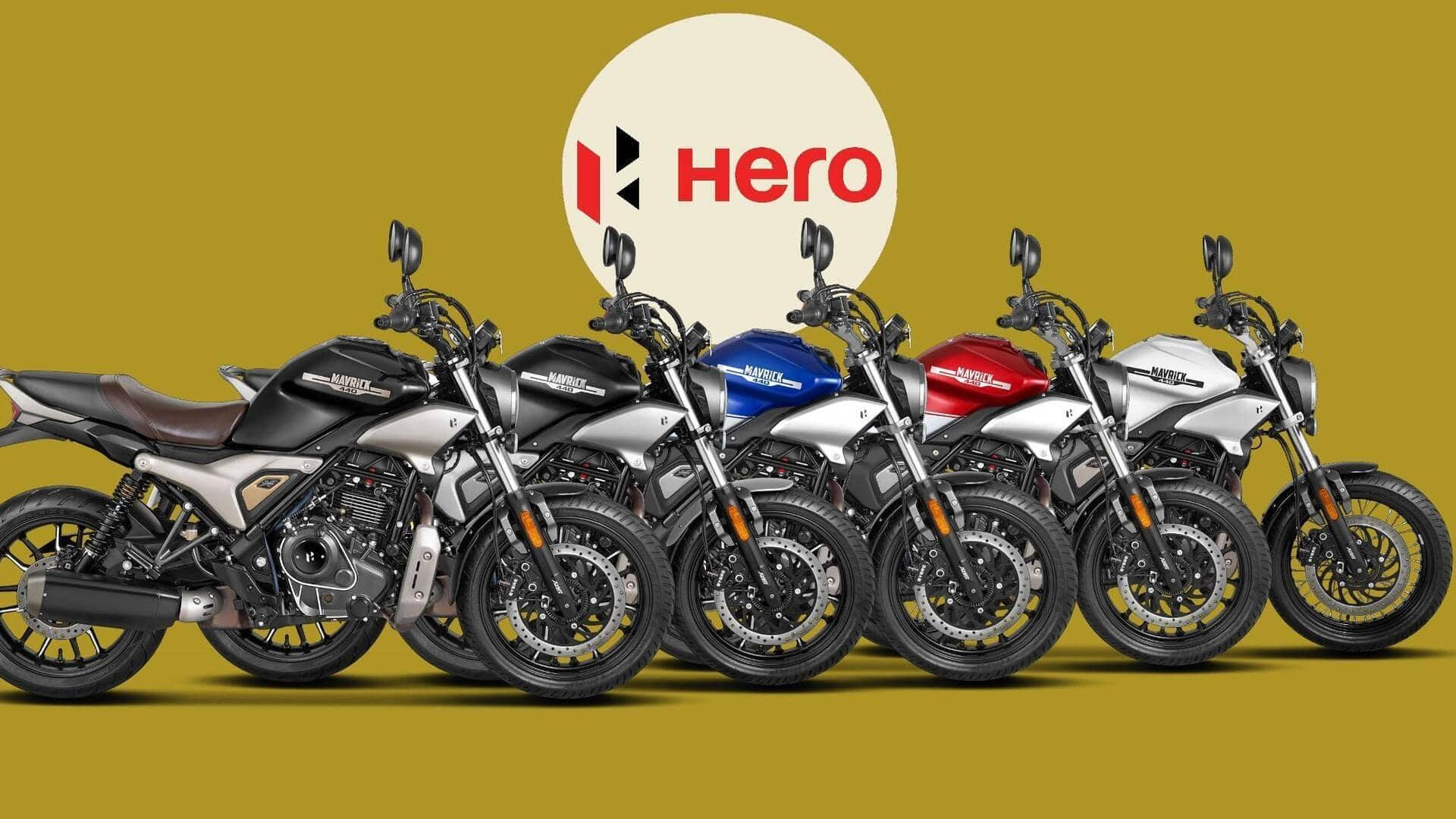Concept Supercars Unveiled
The Bharat Mobility Global Expo 2025 provided a platform to showcase groundbreaking designs and technologies in the form of concept supercars. These vehicles
represent the pinnacle of automotive engineering, focusing on performance, aesthetics, and cutting-edge features. Concept cars often feature radical designs, incorporating materials and technologies not yet available in mass-produced vehicles. For example, some supercars might integrate advanced aerodynamics, such as active aero systems that adjust to enhance performance and efficiency. Moreover, these concept vehicles often preview future design languages, giving us a preview of what to expect from upcoming production models. The focus extends to sustainable practices, with some concept supercars exploring alternative fuels and electric powertrains, aiming to minimize their environmental footprint while delivering high performance. The display of these concept supercars creates excitement, driving innovation and pushing the boundaries of what is possible in the automotive industry. This allows manufacturers to test new ideas and gather consumer feedback, shaping the future of vehicle design.
Electric SUVs Take Center Stage
Electric SUVs (Sport Utility Vehicles) were a central highlight at the Bharat Mobility Global Expo 2025, signaling the automotive industry's shift towards sustainable mobility. The event featured several new electric SUVs, reflecting the growing popularity of these vehicles among consumers. These vehicles offer a combination of practicality, performance, and environmental friendliness, making them an attractive option. Many of the showcased electric SUVs boasted advanced battery technologies, resulting in longer driving ranges and faster charging times, addressing common concerns regarding electric vehicle ownership. Furthermore, these SUVs often incorporate advanced driver-assistance systems (ADAS) and connectivity features, providing enhanced safety and convenience. The design of these electric SUVs is optimized for aerodynamics to improve efficiency, and the interiors often feature sustainable materials and minimalist aesthetics. The presence of electric SUVs at the expo highlights the industry's commitment to reduce emissions. As technology advances, electric SUVs are becoming more competitive, offering compelling options for consumers looking for an eco-friendly and versatile vehicle.
Technological Advancements Explored
The Bharat Mobility Global Expo 2025 showcased various technological innovations that are shaping the future of the automotive industry, going beyond just new vehicles. These advancements span various areas, including autonomous driving, connectivity, and vehicle electrification. Autonomous driving technologies were on display, with advanced driver-assistance systems (ADAS) like automatic emergency braking and lane-keeping assist, and progressing towards fully autonomous capabilities. Connected car technologies were also significant, demonstrating how vehicles will be increasingly integrated with digital ecosystems. This involved in-car entertainment systems, over-the-air software updates, and integration with smart home devices. Vehicle electrification was a major theme, featuring advancements in battery technology and charging infrastructure. The expo also showcased innovations in materials science, such as the use of lightweight and sustainable materials, leading to improved vehicle efficiency. Overall, these technological advancements are focused on improving safety, enhancing the driving experience, and making vehicles more sustainable and connected, representing a significant transformation in the automotive industry. The expo served as a platform to discuss and visualize how these advancements will affect the automotive landscape.
Trends in Automotive Design
The Bharat Mobility Global Expo 2025 provided a look at key trends influencing automotive design, where aesthetics and functionality are being redefined. One prominent trend is the shift towards minimalist and streamlined designs, both inside and outside the vehicles. This approach emphasizes clean lines, uncluttered surfaces, and a focus on enhancing the driving experience. The increasing use of advanced materials, such as carbon fiber and lightweight alloys, contributes to enhanced aerodynamics and vehicle efficiency. The adoption of digital interfaces and integrated displays continues to transform vehicle interiors. These features simplify controls, provide real-time information, and enhance the overall user experience. Another key trend is the integration of sustainable materials and eco-friendly practices into vehicle design. This includes using recycled plastics, plant-based materials, and designing vehicles that are easily recyclable at the end of their lifecycle. The expo highlighted how design is evolving to meet consumer demands for style, sustainability, and technological sophistication, and how these elements are being integrated to shape the future of automobiles.
Sustainability and the Future
The Bharat Mobility Global Expo 2025 strongly emphasized sustainability in the automotive industry. This means more than just electric vehicles; it addresses the entire lifecycle of a vehicle, from production to disposal. The expo highlighted innovations in eco-friendly materials, like sustainable plastics and recycled components, to minimize the environmental impact. The increasing adoption of alternative fuels, such as hydrogen and biofuels, also plays a crucial role in reducing emissions. Manufacturers are investing in more efficient production processes to lower their carbon footprint. The expo also featured advancements in battery technology and charging infrastructure to promote wider adoption of electric vehicles. Initiatives for vehicle recycling and the circular economy were discussed, which aim to reduce waste and conserve resources. Sustainability is becoming a core factor in the automotive industry, pushing manufacturers to adopt eco-friendly practices and develop innovative solutions. The event illustrated a collective commitment to making mobility cleaner, more efficient, and environmentally responsible, creating a vision for a sustainable future in the automotive sector.


